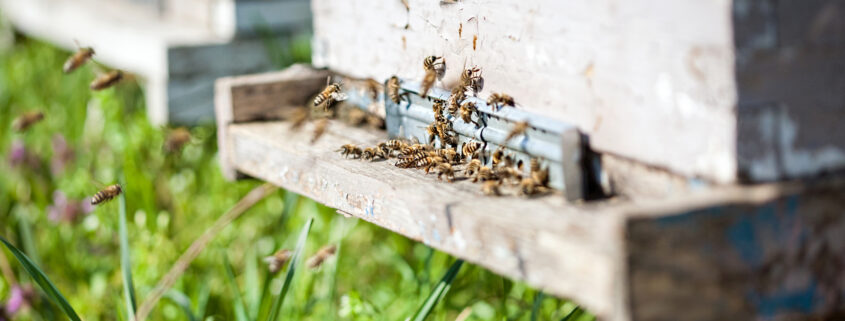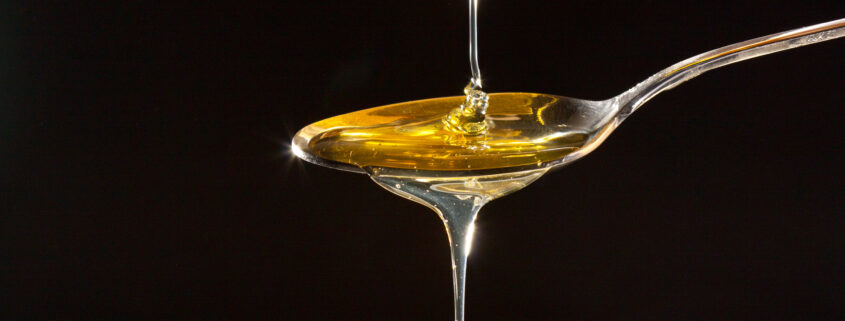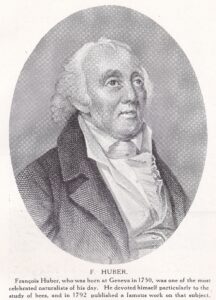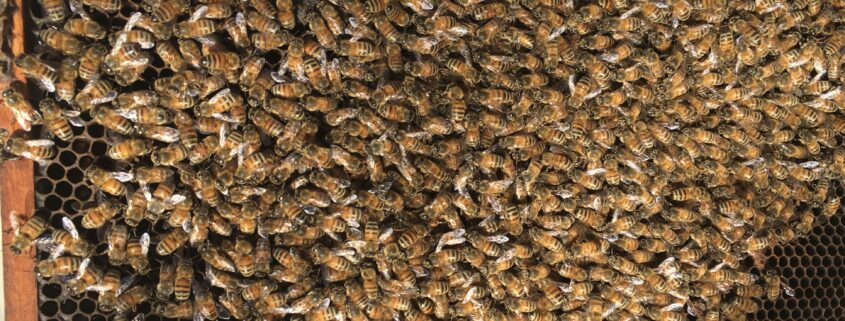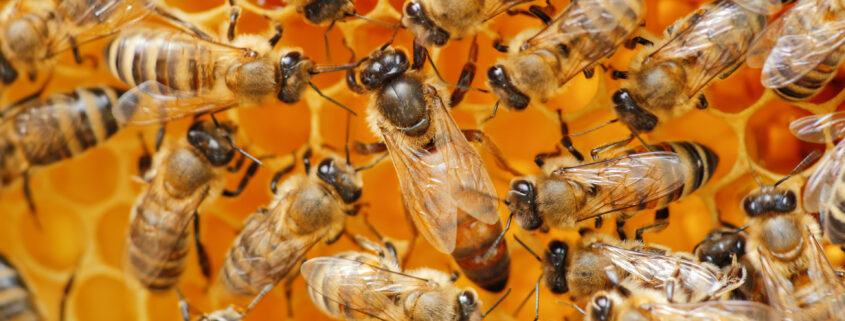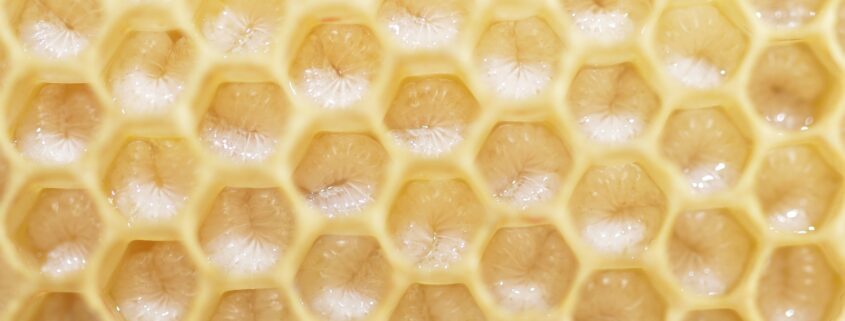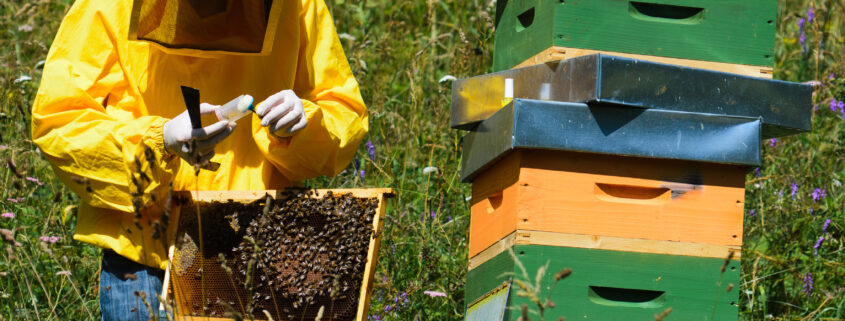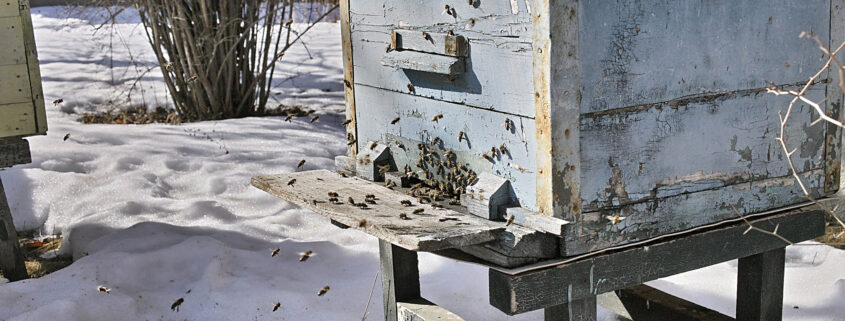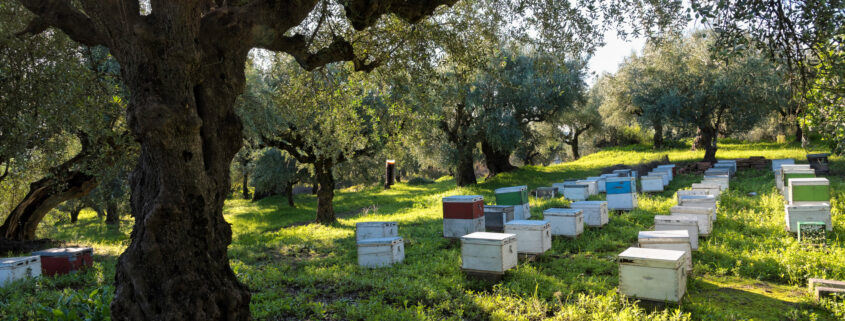Which Direction Should Honeybee Hives Face?
In the United States, honeybee hives should ideally face south or southeast. This is because the sun rises in the east and sets in the west, so a hive facing south or southeast will receive the most sunlight throughout the day. This is especially important in the spring and fall, when the days are shorter and the nights are cooler.
The sunlight helps to warm up the hive, which encourages the bees to start foraging earlier in the day. It also helps to keep the hive dry and free of mold and mildew. Additionally, a hive that is facing south or southeast will be less likely to be exposed to strong northerly winds, which can damage the hive and make it difficult for the bees to fly.
Of course, there are other factors to consider when choosing a location for your beehives, such as the availability of food and water sources, the presence of predators and pests, and the local climate. But if you can, it is best to place your hives in a location where they will receive the most sunlight.
It is not absolutely critical that a hive face the south or east. Here at Wildflower Meadows, we have some apiaries that are excellent for our bees, but due to their layout, don’t accommodate a southern exposure for all of the colonies. While this is not ideal, the bees manage anyway.
Here are some additional tips for choosing a location for your beehives:
- Place the hives in a level spot that is well-drained and protected from flooding.
- Avoid placing the hives in direct sunlight all day long. Some shade in the afternoon is ideal.
- Place the hives away from high traffic areas and areas where people and pets congregate.
- Make sure the hives are accessible for inspection and maintenance.
If you are unsure where to place your beehives, it is a good idea to consult with a local beekeeper or beekeeping association. They can help you to choose a location that is best for your bees and your needs.

